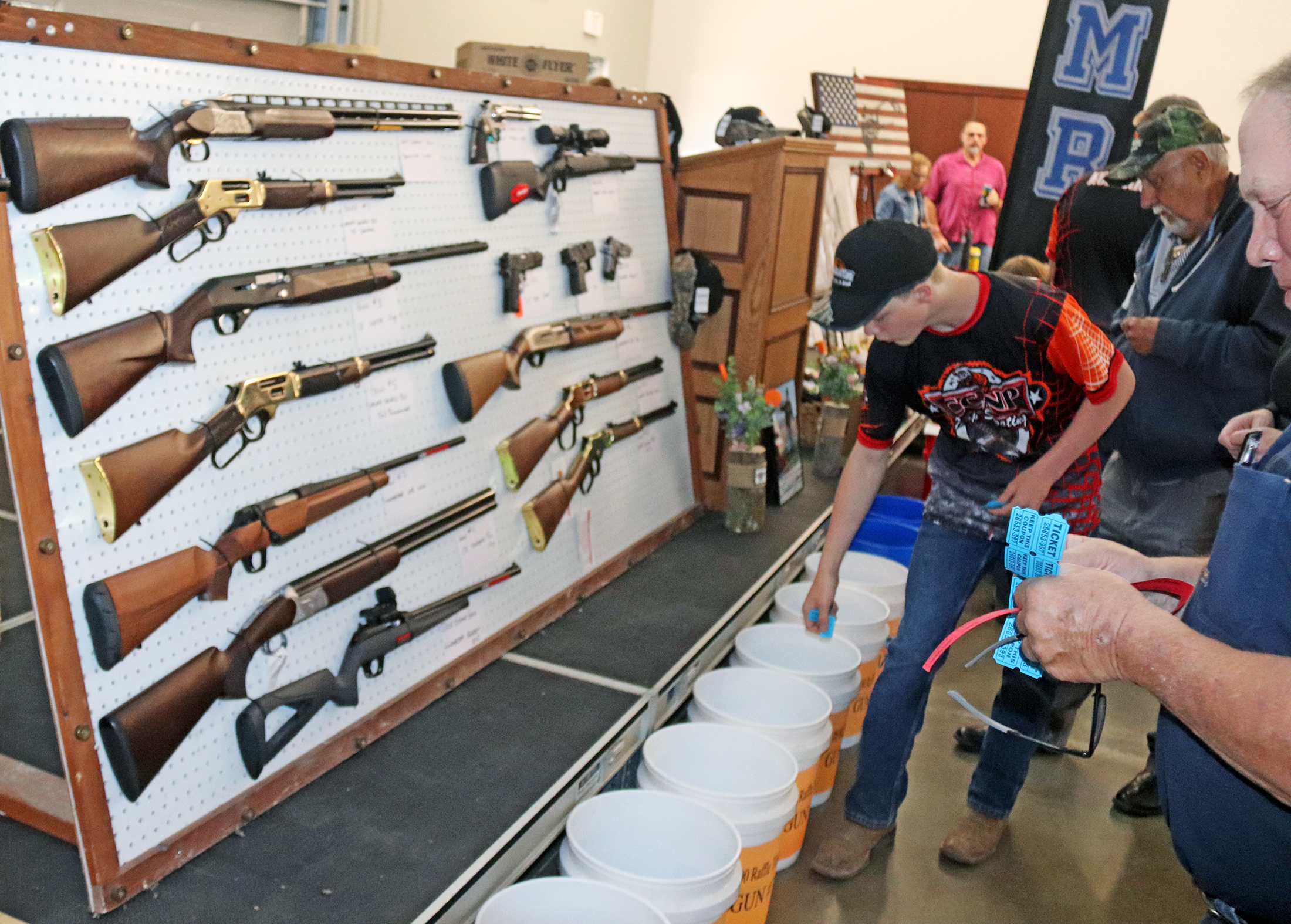Floyd County officials still frustrated over gravel road conditions

By Bob Steenson, bsteenson@charlescitypress.com
It’s more than halfway through the summer, and some county roads are still showing the effects of a wet fall, a harsh winter, a wet spring and heavy traffic.
It’s a problem that the Floyd County Secondary Roads Department has been trying to deal with since the snow melted in March, and a topic that has come up regularly at county Board of Supervisors meetings.
“I have no explanation for the way the roads are, and you can ask any other county in the state right now. Everybody’s dealing with the same thing, has been dealing with the same situation,” Dusten Rolando, the county engineer, said at a supervisors meeting Tuesday.
At first, in the spring, people familiar with Iowa gravel roads urged patience, saying that the fall had been rainy and winter had been uncommonly cold and the frost had gotten farther into the ground than usual. Plus it was a wetter, rainier spring than usual. Once the frost melted and the roads dried out, things would go back to normal.
But the roads didn’t go back to normal.
It got so bad while school was still in session that buses couldn’t get into some areas.
County supervisors have received calls from rural residents complaining about the condition of the roads, and Rolando’s department has received them as well, he said.
The Secondary Roads Department hauls out loads of rock to apply to a stretch of road when it is made aware of a problem, a practice it calls applying spot rock. A more general application of new rock to county roads is done by a hired company, selected through a bidding process. That application is called contract rock.
“March 21 was the first day in the spring we hauled rock, and then we’ve hauled all the way through till now,” Rolando said. “I’m frustrated, too. And I don’t have an answer for anybody.
“This is probably the heaviest year for spot rock in the 18 years I’ve been here,” Rolando said. For example, an area northeast of Charles City has had 112 loads of rock applied through July 12, and there are still problem areas.
And a road that is fixed one day can have deep ruts the next day if it gets heavy truck traffic.
Some of the people who are running heavy trucks and tearing up the roads are also the ones calling in to complain about the conditions, Rolando said.
“We’re gonna do the best we can to try to get more rock on the roads,” he said.
Rolando said the application of contract rock, currently underway, should help some areas, and his department will continue to apply spot rock and use road graders to smooth out areas as necessary.
Rock is a relatively cheap answer to address the problem, Rolando said, but he is limited by staff and equipment to how much he can do in a day. Plus, when he has crew members concentrating on hauling and applying rock, other jobs get neglected.
“So you get all the calls from the people that say, ‘My weeds aren’t cut along the side of the road,’” said Supervisor Linda Tjaden.
Rolando’s department is tasked with maintaining a road system that was designed when farms were much smaller and much closer together than they are today.
Most county roads across the state are laid out in a grid pattern with roads at one-mile intervals, designed for 160-acre farms where four of them would fit in a square mile. Now some farms encompass thousands of acres.
And the roads were built for a time when the horsepower that delivered supplies to the farms or hauled grain or livestock to market had four legs instead of 18 wheels.
“They’re 100-year-old roads that were built for a horse and wagon,” said Supervisor Doug Kamm. “We can put all the rock in the world out there, but all we’re doing is putting a little bitty bridge over a bad base. No matter how much rock we put it doesn’t solve the base.
“What are we going to do in the long haul?” Kamm asked.
Tjaden said, “My concern is the number of trucks is not going to decrease. They’re probably going to increase. We’ve got new (hog confinement) buildings going up, so there’s going to be more roads that are gonna be a concern that maybe aren’t even now.”
Kamm said that’s something that should be considered in the state’s Master Matrix that determines where it is appropriate to build livestock operations.
“Maybe you ought to take the condition of the road into consideration before you build one of those units out there,” he said.
Tjaden said she had spoken to area state Sen. Waylon Brown, R-St. Ansgar, about it.
“He is fully aware, and we talked about the Master Matrix,” she said.
“They need to recognize that,” Tjaden said. “Every time a new building is going up you are increasing that road traffic and the weights that are going on them. Like right now, with the new one that’s going up, the trucks that are going there are cement trucks.”
Some Iowa counties have said that adjoining landowners should help pay, in addition to their property taxes and fuel taxes, to rebuild some county roads.
Some counties have placed weight limits on some roads, although state law contains exemptions to weight limits for some farming operations, especially those related to caring for livestock.
And Franklin County is selling $3.5 million in general obligation bonds to dramatically increase spending on county road repair and upkeep.
Tjaden said she realizes the tough situation Rolando and his department are in.
“I do want people, the citizens of Floyd County, to know and recognize we are responding,” she said. “I think you’ve done a great job. Every time I call I know you respond back to me and say, ‘We’re gonna address it.’ I appreciate it. It’s just been a very challenging year.”









Social Share